Scientists “bake” a robot in the oven
You may have seen the dough “puff up” in the oven, or the flat circuit board in an electronic device, but have you ever seen self-morphing 3D circuits in the oven?
The research team led by Dr. WANG Guanyun from Zhejiang University College of Computer Science and Technology and Dr. YAO Lining from Carnegie Mellon University co-developed MorphingCircuit—an integrated design, simulation, and fabrication workflow which combines electronic functions with forms through 4D printing. Their research was published in The Proceedings of the ACM on Interactive, Mobile, Wearable and Ubiquitous Technologies (IMWUT / UbiComp), a premier journal series for research relevant to the post-PC era.
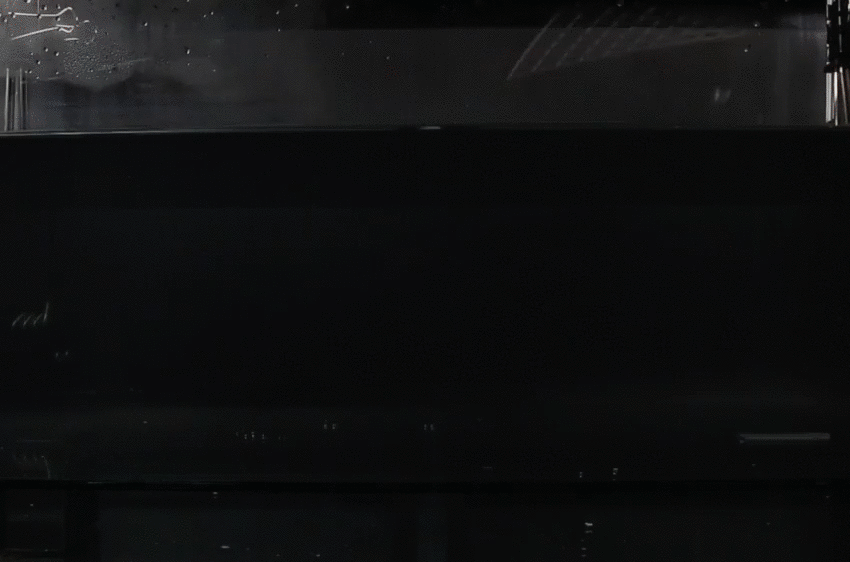
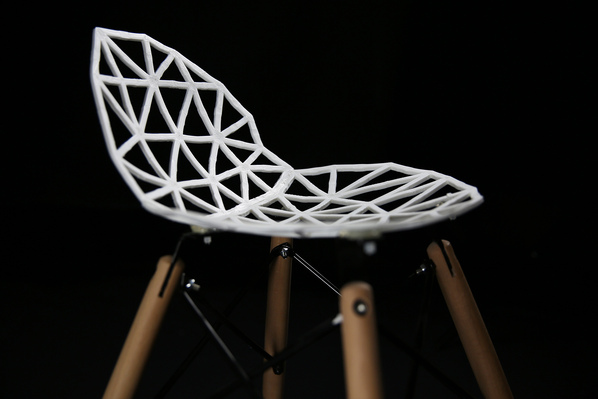
“There is one more dimension—morphing in 4D printing, as compared to 3D printing. Printed items can morph into a different shape under specific conditions. The printing path design can control the shrinkage direction of deformable materials which can thus be transformed into a wide spectrum of shapes,” says WANG Guanyun.
MorphingCircuit draws inspiration from existing thermoplastic-based 4D printing technologies that adopt desktop FDM printers. Once triggered by heat, printed plastic sheets are prone to shrinkage along the printing direction. This phenomenon is driven by releasing the residual stress induced during the extrusion process and can be leveraged to program self-folding or morphing behaviors into printed sheets.
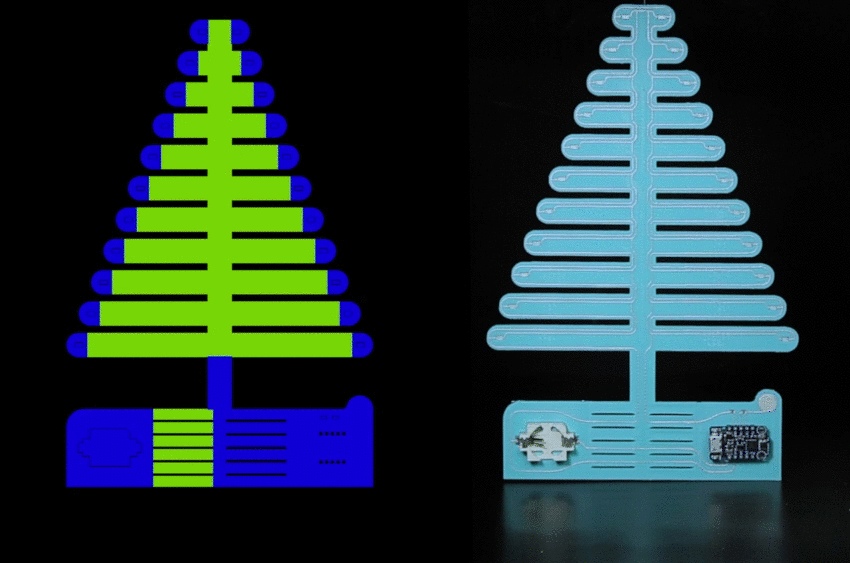
The research team is currently focusing on the deformation of thermoplastic materials and using changes in temperature to control the deformation of objects. In addition, the team is also exploring other deformable materials. For example, they are able to print “breathable clothes” using harmless bacteria and the deformation is determined by “humidity” rather than “temperature”. When people perspire, the fabric will feel the rising humidity and automatically open small pores to let out sweat. When people feel cold, the humidity of the skin surface will drop. In this case, the fabric will automatically close small pores, thus acting as an insulator against cold.
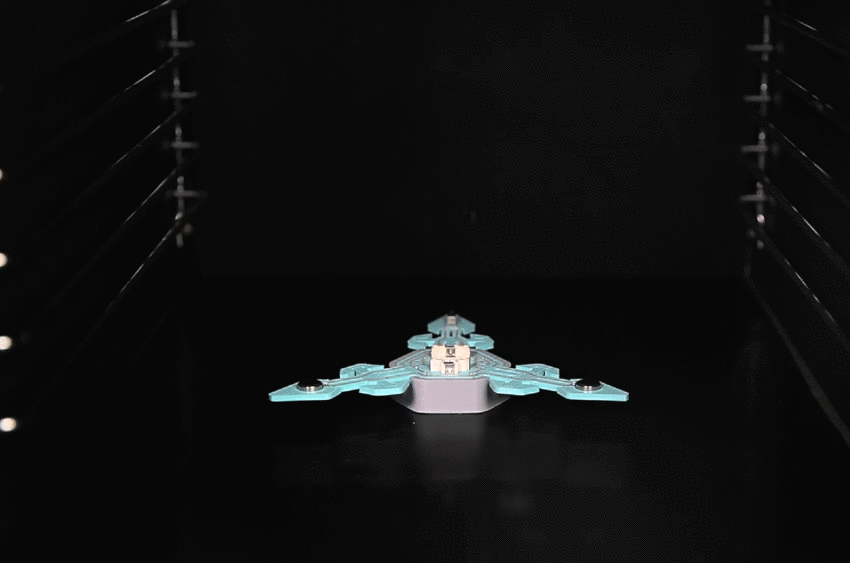
Products in everyday life are three-dimensional and varied in shape, but their internal circuit boards are flat and rigid, which causes much spatial waste in structural design. Moreover, conventional 3D electronics fabrication techniques are complex and costly. In response, the research team introduces MorphingCircuit.
“Specifically, we start by printing a flat substrate and assembling functional electronics on top of it. The flat structure will then self-morph into a preprogrammed 3D shape when triggered by external heating. This method can effectively reduce costs, production times, and e-waste,” says WANG Guanyun.

The research team have made many attempts in the application of 3D electronics. For instance, when a 4D circuit board is put in an oven, it will morph into a light-tracing robot because of the silver trace added on the top of the 3D printed plastic piece.
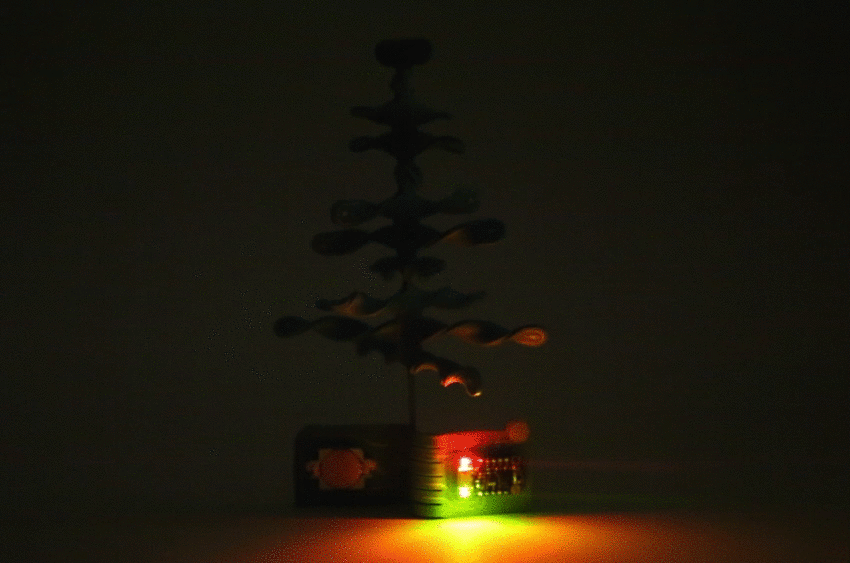
Besides, the 4D transformation can also lead to some designs which appear to be unaccomplished in traditional ways. This interactive tree has twisting branches with shining LEDs, which is hardly achievable with conventional 3D printing, injection molding, or vacuum forming techniques.
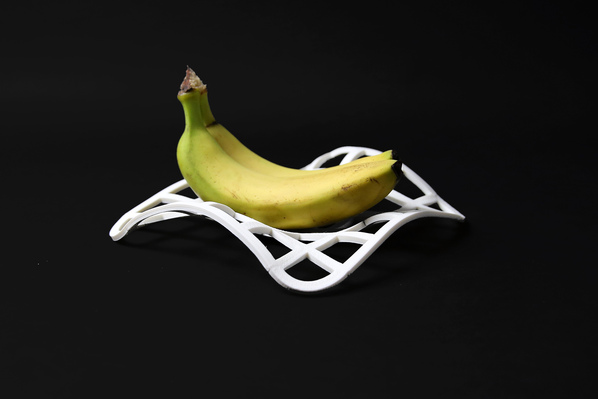
“The circuit inhibits the deformation of thermoplastic materials, which is one of the hard nuts to crack during the whole R&D process,” says WANG Guanyun. In order to reduce the negative influence of the printing position, the research team have discovered a preferred area, which is called the golden area.
This self-morphing technology is expected to bring much convenience to our life. Maybe someday, we can simply buy a flat substrate and transform it into an aesthetically appealing household object, say a light, a chair or a shirt, by putting it into hot water, blowing it with a hair dryer, baking it with an oven or ironing it with an iron.
Photo and video credit: Dr. WANG Guanyun and Dr. YAO Lining